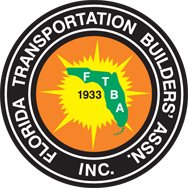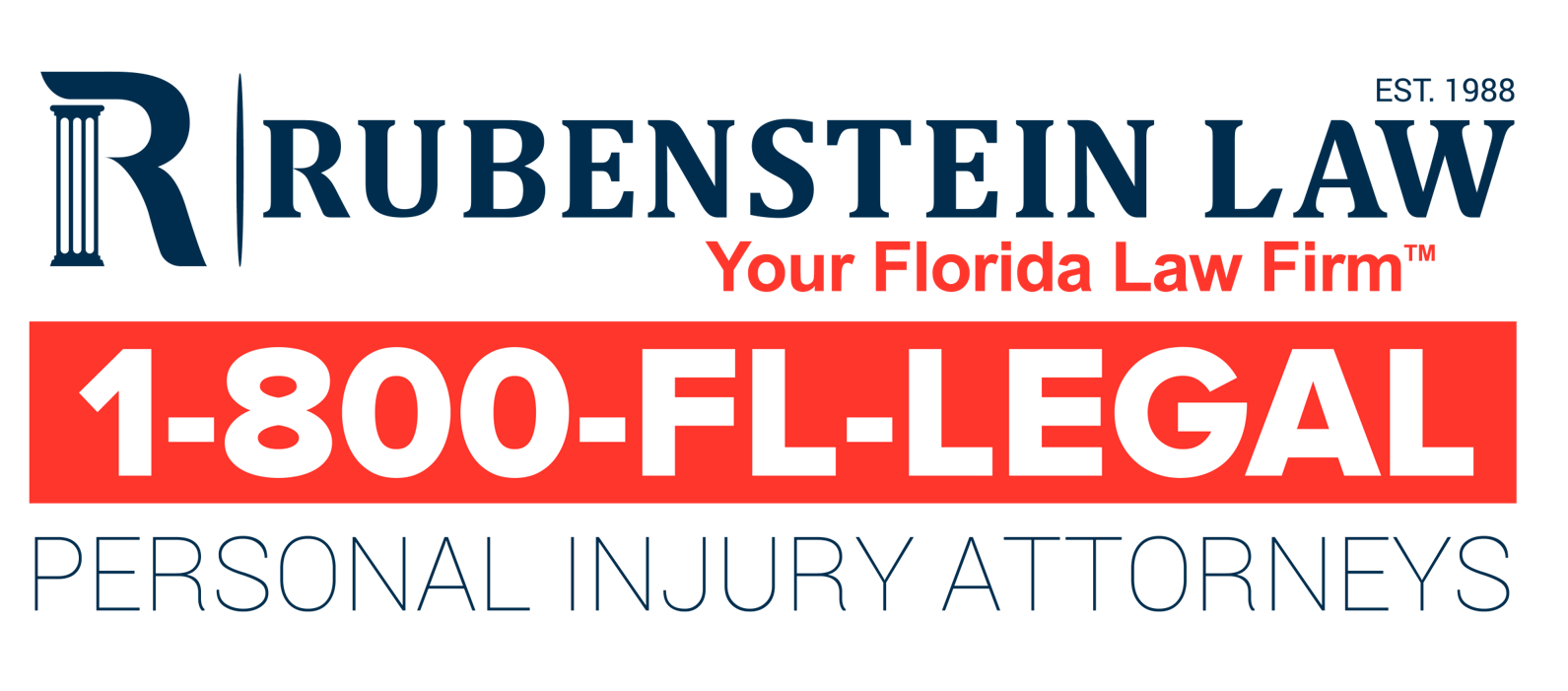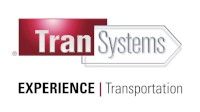Seat Belts on School Buses
Seat belts have been required on passenger cars since 1968; and 49 States and the District of Columbia have enacted laws requiring the use of seat belts in passenger cars and light trucks. There is no question that seat belts play an important role in keeping passengers safe in these vehicles. But school buses are different by design, including a different kind of safety restraint system that works extremely well.
Large school buses are heavier and distribute crash forces differently than passenger cars and light trucks do. Because of these differences, bus passengers experience much less crash force than those in passenger cars, light trucks and vans.
NHTSA decided the best way to provide crash protection to passengers of large school buses is through a concept called “compartmentalization.” This requires that the interior of large buses protect children without them needing to buckle up. Through compartmentalization, children are protected from crashes by strong, closely-spaced seats that have energy-absorbing seat backs.
Small school buses (with a gross vehicle weight rating of 10,000 pounds or less) must be equipped with lap and/or lap/shoulder belts at all designated seating positions. Since the sizes and weights of small school buses are closer to those of passenger cars and trucks, seat belts in those vehicles are necessary to provide occupant protection.













